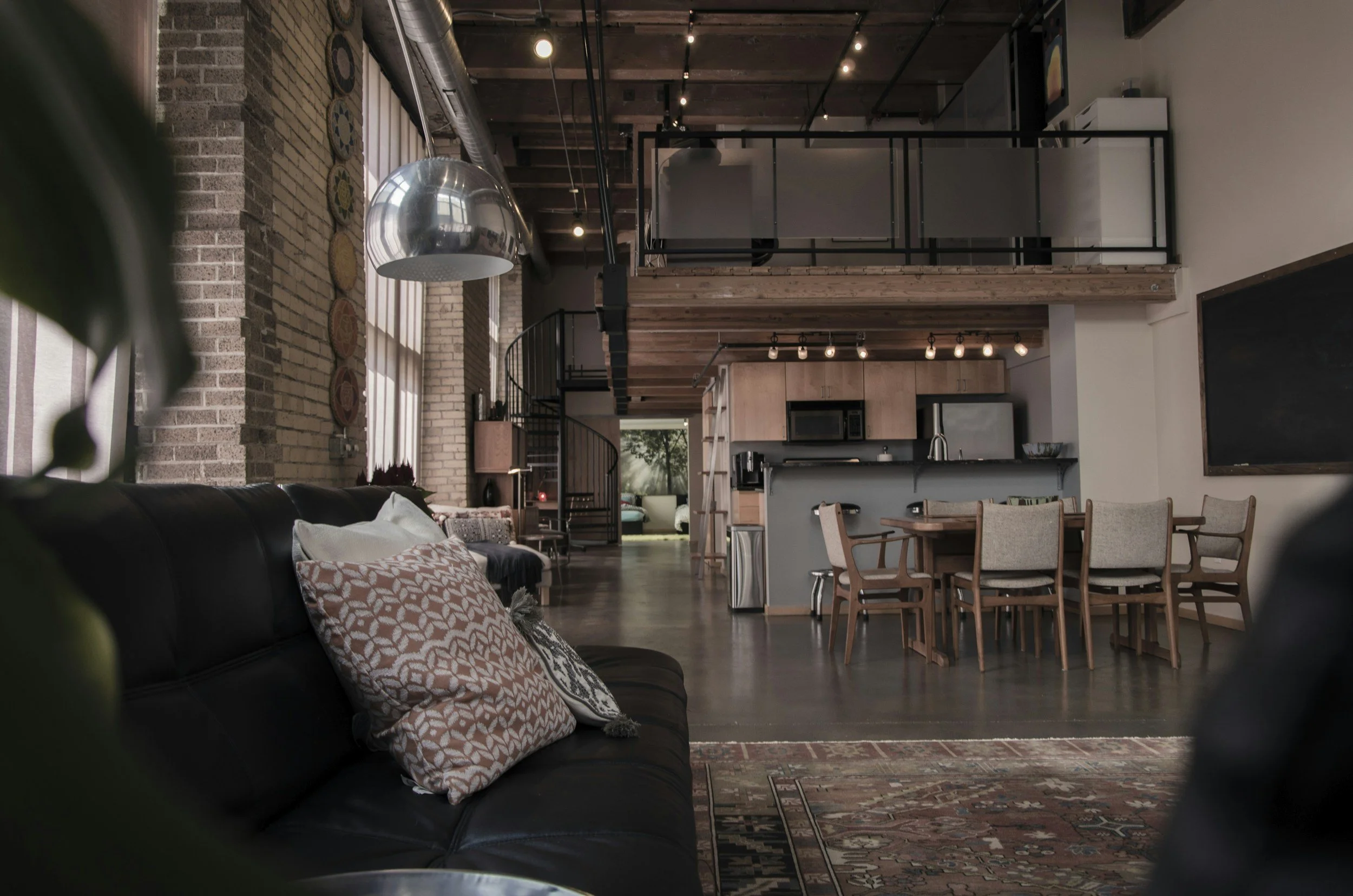Amenity-Rich Apartment Complexes: A Developer’s Guide to Costs, Trends, and Renter Demand
Apartment living is changing rapidly. Modern renters want more than just a place to live — they seek a lifestyle enriched by well-designed amenities. For developers and construction companies, this shift raises an important question: How do amenities affect project costs, renter demand, and overall competitiveness? This article explores financial considerations, current market trends, and key planning insights to help you design projects that meet renter expectations and stand out in today’s rental market.
What Are Amenity-Rich Apartment Complexes?
Amenity-rich apartment complexes go beyond providing basic living units. These properties feature thoughtfully designed spaces, such as:
Rooftop pools and landscaped gardens
Fitness centers and coworking lounges
Pet-friendly areas and dog parks
Community rooms and shared social spaces
These amenities can improve residents’ quality of life while also helping properties differentiate themselves in competitive markets.
For homeowners and developers planning new construction or renovation projects, understanding the value and role of amenities is essential when aligning offerings with current rental market trends.
Renter Trends and Amenity Preferences
Renter expectations are shifting, both across the country and here in the Pacific Northwest. Amenities now play a bigger role than ever when people choose where to live.
Recent data indicates that 58% of renters are interested in rooftop spaces and would pay about $56 more per month to have access (source).
In Spokane and Coeur d’Alene, this reflects a growing interest in outdoor-friendly spaces and practical amenities that fit the region’s lifestyle and seasonal living patterns.
Understanding Current Market Demand for Amenities
Today’s renters are increasingly focused on convenience, connectivity, and community. According to recent market insights:
Smart Home Technology — About 65% of renters prefer apartments equipped with features like smart locks, thermostats, and app-based access controls, reflecting the growing demand for home automation.
Work-from-Home Facilities — Remote work trends have driven up interest in dedicated coworking spaces and reliable high-speed internet, especially among Millennials and Gen Z tenants.
Pet-Friendly Features — Apartments with designated pet areas, dog washes, or pet spas often attract broader interest, given the growing number of pet-owning households.
Community Spaces — Rooftop gardens, lounges, and multipurpose event rooms foster social connection and improve tenant retention rates.
Storage for Outdoor Gear — In the Inland Northwest, where biking, skiing, kayaking, and hiking are part of everyday life, secure storage spaces for outdoor equipment are increasingly valued by renters seeking convenience and organization.
For developers, incorporating the right mix of features can help a property remain competitive and better meet evolving renter preferences.
Financial Considerations for Developers: Costs vs. Returns
While amenity-rich complexes are highly appealing to renters, they require careful financial planning.
Construction and Maintenance Costs
Adding amenities often increases initial construction expenses and ongoing upkeep. For example:
Rooftop pools require reinforced structural supports, specialized plumbing, and strict safety measures.
Rooftop gardens or lounging areas are becoming increasingly popular alternatives, offering usable outdoor spaces with scenic views. These features require weather-resistant materials, proper drainage systems, and low-maintenance landscaping to perform well in Spokane and Coeur d’Alene’s seasonal climate.
Coworking spaces demand durable furnishings and advanced technological infrastructure.
Budgeting for both build costs and long-term maintenance is essential to ensure sustainability.
Potential for Higher Rents and Occupancy Rates
Research shows renters are often willing to pay modestly higher monthly rates for well-designed amenities. Properties offering desirable features may lease faster and experience shorter vacancy periods, but results vary depending on the location and demographic.
Market Risk and Location Impact
Returns on amenity investments vary significantly by region. In competitive urban markets, premium amenities often perform well. In other areas, prioritizing affordability over luxury features may deliver better overall outcomes. Successful developers consider local demand and economic conditions when finalizing plans.
Practical Strategies for Developers Planning Amenity-Rich Projects
Conduct Thorough Market Research — Understand local renter preferences and competitor offerings before deciding which amenities to include.
Align Amenities with Target Demographics — For instance, coworking spaces may appeal to urban professionals, while outdoor gathering areas may resonate with families.
Consider Phased Amenity Development — Introducing features in stages can help manage budgets and gauge tenant response.
Balance Offerings to Maintain Affordability — Focus on amenities that improve appeal without significantly driving up rental costs.
Conclusion: Are Amenity-Rich Apartment Complexes a Smart Investment?
Amenity-rich apartment complexes can increase renter satisfaction, improve leasing velocity, and help properties stand out in competitive markets. However, these benefits require strategic planning to balance added costs with local demand.
By understanding renter preferences, carefully managing budgets, and selecting amenities that make sense for your target market, developers can create apartment communities that attract and retain tenants while remaining competitive.
Disclaimer: This article is for informational purposes only and does not constitute financial or investment advice. Always consult with qualified professionals before making development or financial decisions.
References
JLL. (2023). Multifamily living trends: Amenity-rich apartments. Retrieved from https://www.us.jll.com/en/trends-and-insights/research
Yardi Matrix. (2024). Apartment renter preferences report. Retrieved from https://www.yardimatrix.com/resources/reports/
Rently. (2024). Smart apartment trends report. Retrieved from https://use.rently.com/blog/2025-rently-smart-apartment-trends-report/


